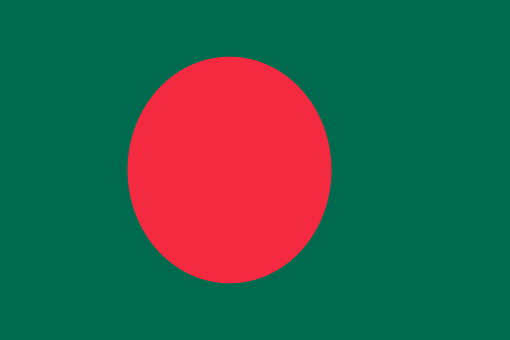Where India- Bangladesh share Bilateral relations?
- There are 54 common rivers between India and Bangladesh.
- India and Bangladesh signed the Ganga Waters Treaty on 12th December 1996 (For 30 years.)
- Both the nations established the Joint River Commission (JRC) that came into force in 1972. It works for the common interests and sharing of water resources, irrigation, floods and cyclones control.
- As per the data published by the Ministry of External Affairs, India’s exports to Bangladesh in FY 2018-19 stood at US$ 9.21 bn and imports from Bangladesh during the same period were US$1.04 bn.
Areas of Cooperation
Defence Cooperation:
- Various Joint exercises of Army (Exercise Sampriti) and Navy (Exercise Milan) take place between the two countries.
- Border Management: India and Bangladesh share 4096.7 km. of border, which is the longest land boundary that India shares with any of its neighbours.
- The India-Bangladesh Land Boundary Agreement (LBA) came into force following the exchange of instruments of ratification in June 2015.
Cooperation over Rivers:
- India and Bangladesh share 54 common rivers. A bilateral Joint Rivers Commission (JRC) has been working since June 1972 to maintain liaison between the two countries to maximize benefits from common river systems.
Economic Relations:
- Bangladesh is India’s biggest trade partner in South Asia. India’s exports to Bangladesh for financial year 2018-19 (April-March) stood at US 9.21 billion USD and imports from Bangladesh for the same period stood at US 1.22 Billion USD.
- Bangladesh has appreciated the Duty-Free and Quota Free access given to Bangladeshi exports to India under South Asian Free Trade Area (SAFTA) since 2011.
Cooperation in Connectivity:
- Both countries jointly inaugurated the newly restored railway link between Haldibari (India) and Chilahati (Bangladesh).
- Welcomed the signing of the second addendum to the Protocol on Inland Water Transit and Trade (PIWTT).
- Agreed to an early operationalization of the Bangladesh-Bhutan-India-Nepal (BBIN) initiative Motor Vehicles Agreement through the expeditious signing of the Enabling MoU for Bangladesh, India and Nepal to commence the movement of goods and passengers, with provision for Bhutan to join at a later date
Cooperation in Power Sector:
- This has become one of the hallmarks of India- Bangladesh relations. Bangladesh is currently importing 1160 MW of power from India.
Partnership on Multilateral forums:
- India thanked Bangladesh for supporting India in its election to the United Nations Security Council.
- Both countries agreed to continue working together towards achieving early reforms of the UN Security Council, combating climate change, attainment of the Sustainable Development Goals (SDGs) and protection of the rights of migrants.
- Highlighted that regional organisations such as the South Asian Association for Regional Cooperation (SAARC) and the Bay of Bengal Initiative for Multi-Sectoral Technical and Economic Cooperation (BIMSTEC) have an important role to play.
- Bangladesh thanked India for convening the SAARC leaders Video Conference in March 2020 and for creation of the SAARC Emergency Response Fund to counter effects of the global pandemic in the South Asian region.
- Bangladesh will assume chairmanship of the Indian Ocean Rim Association (IORA) in 2021 and requested the support of India for working towards greater maritime safety and security.
Recent Development:
- Recently, India and Bangladesh signed seven agreements and also inaugurated three projects to deepen their partnership.
- The use of the Chattogram and Mongla ports in Bangladesh for movement of goods to and from India, particularly from Northeastern India.
- Use of Bangladesh’s Feni river for drinking water supply in Tripura.
Further areas of Cooperation:
- The two countries need to focus on priority areas, such as investments, security connectivity development, cross border energy cooperation, blue economy, cultural economy, environment and disaster management etc.
- Resolve the refugees (Rohingyas) crisis.
Disputes
- There should be efforts to resolve pending issues concerning sharing of waters, resolving continental shelf issues in the Bay of Bengal, bringing down border incidents to zero, and managing the media.
- Bangladesh has already raised concerns over roll out of the National Register of Citizens (NRC) in Assam, an exercise carried out to identify genuine Indian citizens living in Assam and weed out illegal Bangladeshis.
- Currently, Bangladesh is an active partner of the Belt and Road Initiative (BRI) that Delhi has not signed up to.
- In the security sector, Bangladesh is also a major recipient of Chinese military inventory, including submarines.





